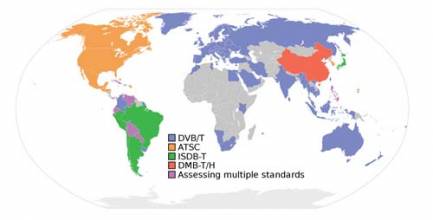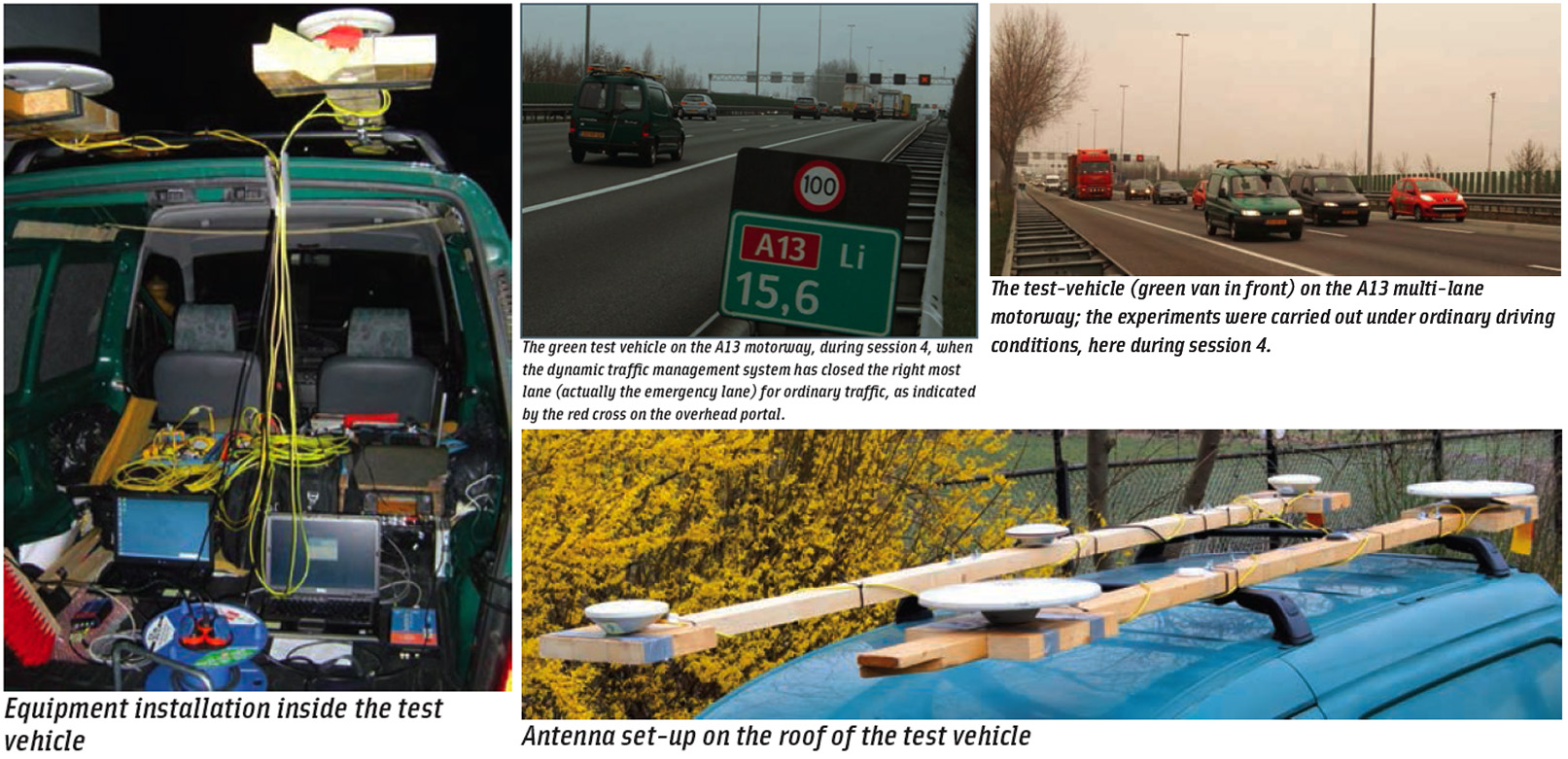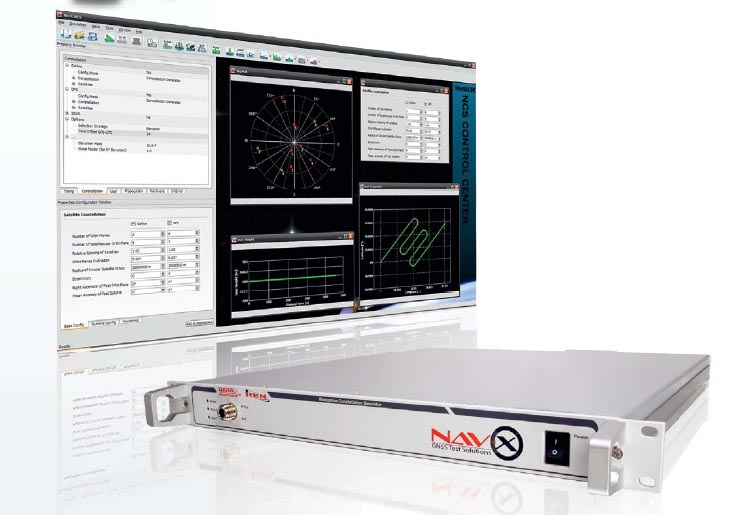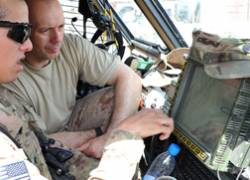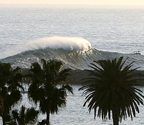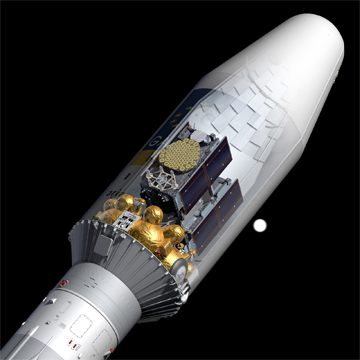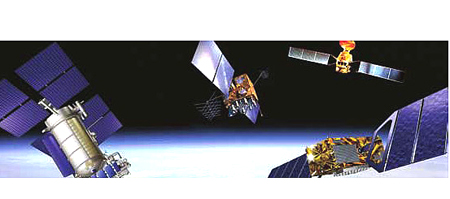Network RTK and Reference Station Configuration
Q: What effect does network size have on NRTK positioning?
A: Network real-time kinematic (NRTK) positioning is nowadays a very common practice, not only in academia but also in the professional world. In the last 10 years, several networks of continuous operating reference stations (CORSs) were created to support users. These networks offer real-time services for NRTK positioning, providing centimeter-level positioning accuracy with an average distance of 25–35 kilometers between the reference stations.
By Inside GNSS


